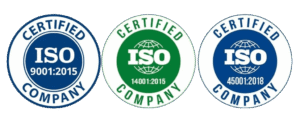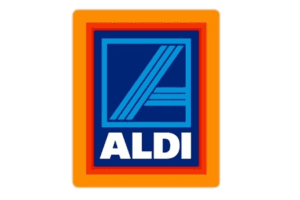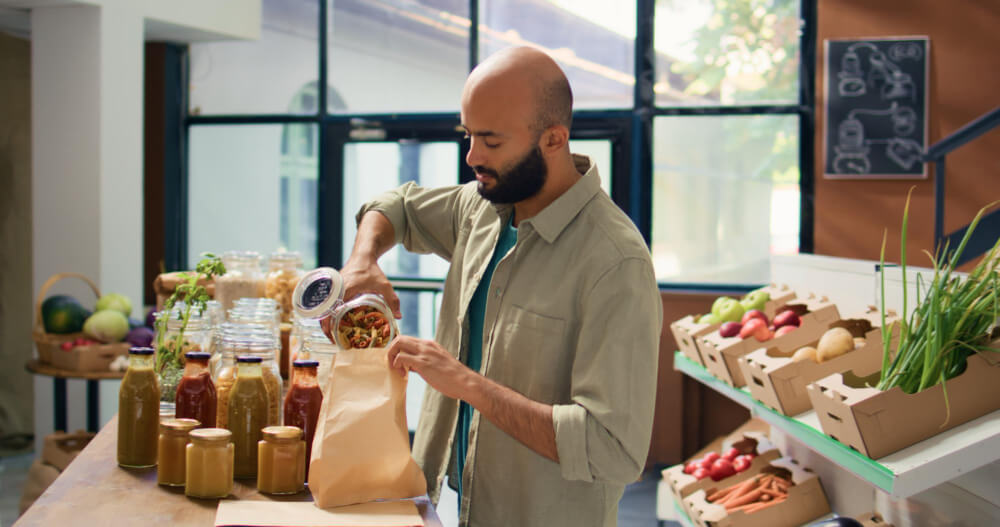The food packaging market in Australia is evolving at a rapid pace, driven by consumer expectations, sustainability goals, and technological innovations. Businesses across the supply chain—manufacturers, retailers, and logistics providers—are under growing pressure to deliver packaging that not only preserves food quality but also reduces environmental impact. Understanding the current landscape, challenges, and growth potential of this market can help companies position themselves for success.
Key Trends in the Australian Food Packaging Market
- Sustainability First
Consumers are demanding eco-friendly alternatives to plastic packaging. Companies are increasingly adopting recyclable, compostable, and biodegradable packaging to meet these expectations. Sustainable solutions like paper-based packaging and reusable containers are gaining traction. - Convenience Packaging
Busy lifestyles are pushing demand for ready-to-eat meals, snack packs, and portion-controlled packaging. Innovations like custom peelable lidding films enhance convenience while maintaining food safety and freshness. - Smart Packaging Technology
The use of QR codes, freshness indicators, and tamper-proof seals is becoming common. Smart packaging not only improves consumer trust but also supports transparency in sourcing and handling. - Premiumization of Packaging
Brands are increasingly viewing packaging as a tool to elevate customer experience. High-quality, well-designed packaging adds perceived value to food products and differentiates them on crowded shelves. - Health & Safety Regulations
Strict food safety compliance remains a cornerstone of the industry. Packaging that meets regulatory requirements ensures both brand protection and consumer well-being.
Challenges in the Market
Despite growth, the food packaging market in Australia faces several challenges:
- Balancing Sustainability with Costs: While eco-friendly materials are in demand, they often come with higher production costs.
- Supply Chain Pressures: Global material shortages and logistics disruptions can affect availability and pricing of packaging supplies.
- Regulatory Complexity: Navigating diverse compliance requirements across states and international trade adds operational challenges.
- Consumer Education: Businesses must bridge the gap between sustainable packaging initiatives and consumer recycling habits.
Future Growth Opportunities
The future of food packaging in Australia looks promising, with opportunities in:
- Eco-Innovation: Developing alternatives to single-use plastics, such as compostable films and paper-based solutions.
- Digital Integration: Leveraging packaging to share nutritional info, traceability, and sustainability credentials through digital platforms.
- Collaborative Solutions: Partnering with suppliers, regulators, and consumers to create a circular packaging economy.
- Customization: Providing tailored packaging for specific market segments, from gourmet food brands to large-scale FMCGs.
Final Thoughts
The food packaging market in Australia is on the brink of significant transformation. Businesses that embrace innovation—particularly in sustainable materials and convenience-driven solutions—will lead the way in winning consumer trust and achieving long-term growth. Investing in technologies such as custom peelable lidding films and eco-friendly packaging options is not just a competitive advantage but a necessity in today’s market.
For more insights into innovative solutions, explore our page on Food Packaging Market in Australia and learn how advanced services like Custom Peelable Lidding Films are shaping the industry’s future.
Carewell Group Pty Ltd
Unit 27/191, McCredie Road, Smithfield, NSW 2164
Phone: +61 0477 123 699
Email: sales@carewellgroup.com.au | info@carewellgroup.com.au | logistics@carewellgroup.com.au










